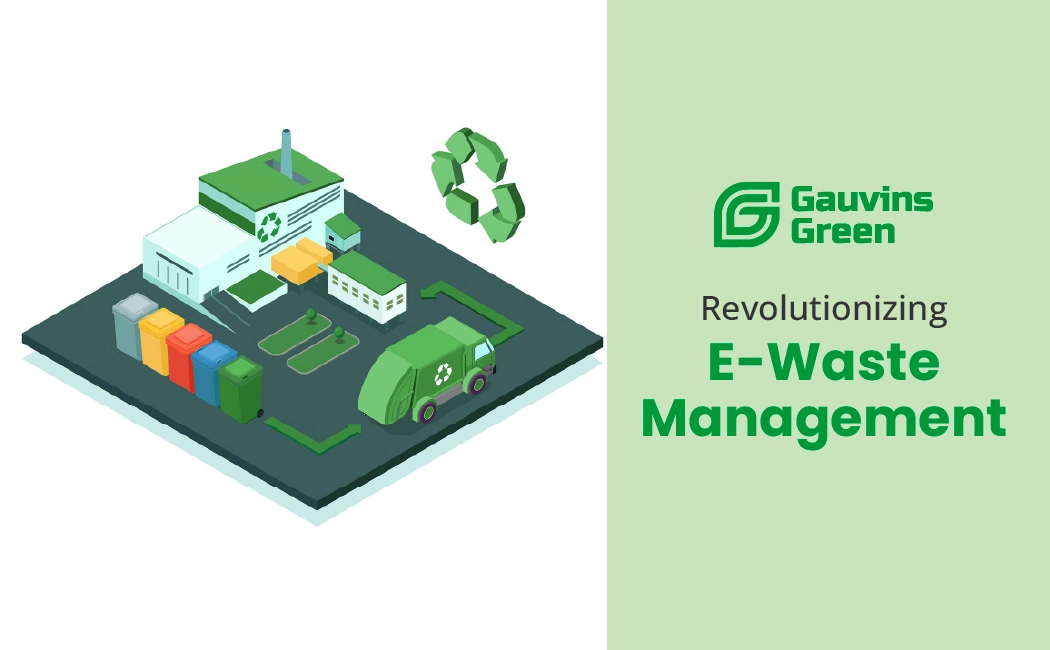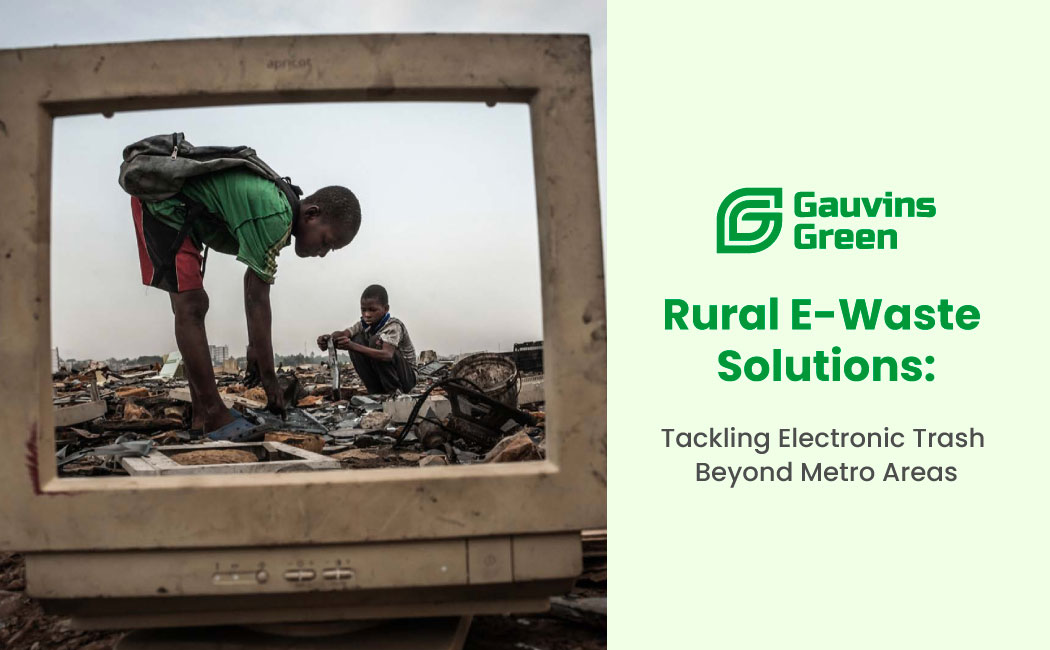|
Getting your Trinity Audio player ready...
|
In today’s fast-paced digital era, the burgeoning issue of electronic waste (e-waste) poses significant environmental and economic challenges. With rapid technological advancements and soaring consumer demand, there is a critical need for innovative e-waste management solutions. This article explores the potential for transformative disruption within this industry, emphasizing sustainable practices and advanced recycling technologies.
Table of Contents
ToggleThe Growing Challenge of E-Waste
Annually, millions of tons of e-waste are generated worldwide, much of which ends up in landfills, leading to severe environmental and health hazards. Traditional disposal methods are increasingly unsustainable and economically inefficient, underscoring the urgent need for effective e-waste management solutions.
Opportunities for Sustainable E-Waste Disposal
The potential for sustainable disposal methods is vast, offering opportunities to mitigate environmental impacts and unlock new revenue streams by transforming waste into valuable secondary raw materials. Key opportunities include:
- Adoption of Advanced Technologies: Innovative sorting technologies and new recycling processes are vital for integrating sustainable practices into existing frameworks.
- Efficiency Enhancements: Enhancements in recycling efficiency can significantly reduce the ecological footprint of e-waste.
Technological Innovations Driving Change
Technological innovations are at the forefront of disrupting the e-waste industry. These advancements not only improve the efficiency of recycling processes but also increase the recovery rate of precious metals and other materials. Notable innovations include:
- Automated sorting systems that enhance the efficiency of recycling processes.
- AI-driven identification tools that facilitate component separation and material recovery.
Case Studies of Successful Electronic Waste Innovation
Innovative companies and startups are spearheading the drive towards more efficient e-waste management. Examples include:
- A startup that has developed a patented technology to safely extract precious metals from electronic circuit boards more efficiently than traditional methods.
- A company that has implemented a closed-loop system to ensure electronic components are reused to their fullest potential, thereby minimizing the need for new resources.
Regulatory Framework and Policy Support
A robust regulatory framework is essential for the effective disruption of the e-waste management sector. Supportive policies can foster an environment conducive to innovation, which is crucial for advancing sustainable practices. Important aspects include:
- Encouragement of Recycling: Policies that promote recycling and impose stricter penalties on illegal dumping.
- Incentives for R&D: Providing incentives for research and development to spur innovations in e-waste management.
The Role of Consumer Awareness
Increasing consumer awareness is pivotal for the success of e-waste management solutions. Educating the public about the importance of recycling electronics and the environmental consequences of improper disposal can significantly enhance recycling rates. Efforts to make recycling more accessible and rewarding are essential for fostering necessary behavioral changes.
Looking Forward: The Future of E-Waste Management
The future of e-waste management is laden with challenges but also brimming with opportunities. As technological capabilities advance and consumer awareness grows, the industry is poised for a major paradigm shift. The key to a sustainable future will be the widespread adoption of innovative recycling technologies, supported by robust policy backing and active consumer participation.
Conclusion
The e-waste management industry, with its considerable challenges, is indeed ripe for disruption. Embracing technological innovation, regulatory advancements, and increased consumer awareness can pave the way forward. Such changes will not only benefit the environment but also enhance economic viability, demonstrating that sustainability can go hand in hand with industrial growth.
At Gauvins Green, we believe in strategically using bullet points to outline key innovations and opportunities, making the content engaging and easy to navigate while providing comprehensive insights into the e-waste management industry.
FAQs:-
What is e-waste and why is it a problem?
E-waste, or electronic waste, refers to discarded electronic appliances and devices such as computers, smartphones, televisions, and refrigerators. It poses significant environmental and health risks due to toxic substances like lead, mercury, and cadmium. Improper disposal and inefficient recycling processes can lead to severe pollution and health problems for communities around waste sites.
How can individuals contribute to effective e-waste management?
Individuals can play a crucial role by properly disposing of their electronic devices through certified e-waste recyclers or local e-waste collection programs. Reducing e-waste by repairing old devices and opting for refurbished electronics also helps lower the environmental impact.
What are the benefits of recycling e-waste?
Recycling e-waste helps recover valuable materials like gold, copper, and rare earth metals, reducing the need to extract these resources from the earth. This not only conserves natural resources but also reduces energy consumption and greenhouse gas emissions associated with manufacturing new products. Additionally, recycling creates job opportunities in the recycling and refurbishment sectors.
What innovations are currently shaping the e-waste management industry?
Recent innovations in e-waste management include the development of more efficient mechanical and chemical recycling techniques, the use of artificial intelligence to sort and process e-waste, and the implementation of blockchain technology to trace and ensure the responsible handling of e-waste. These advancements are making the recycling process more efficient and transparent, encouraging higher recycling rates.




